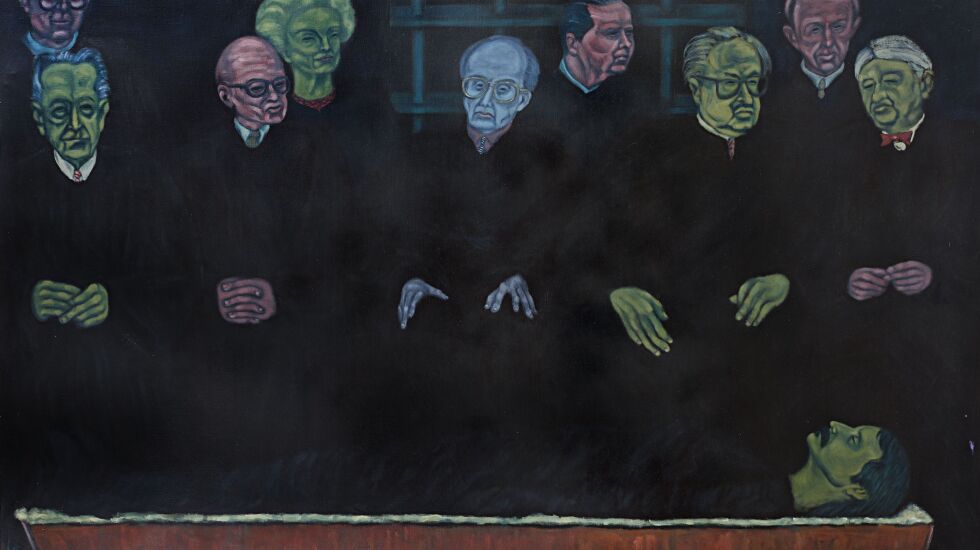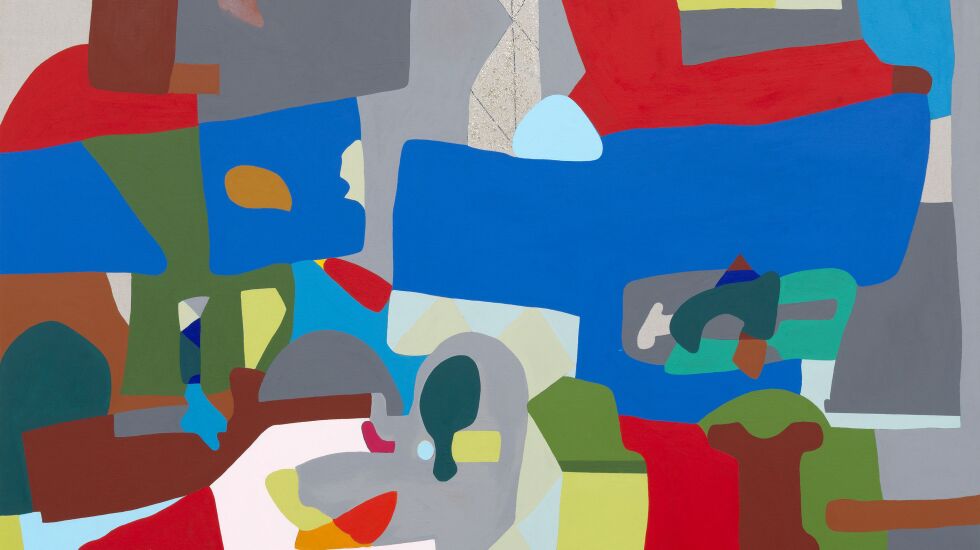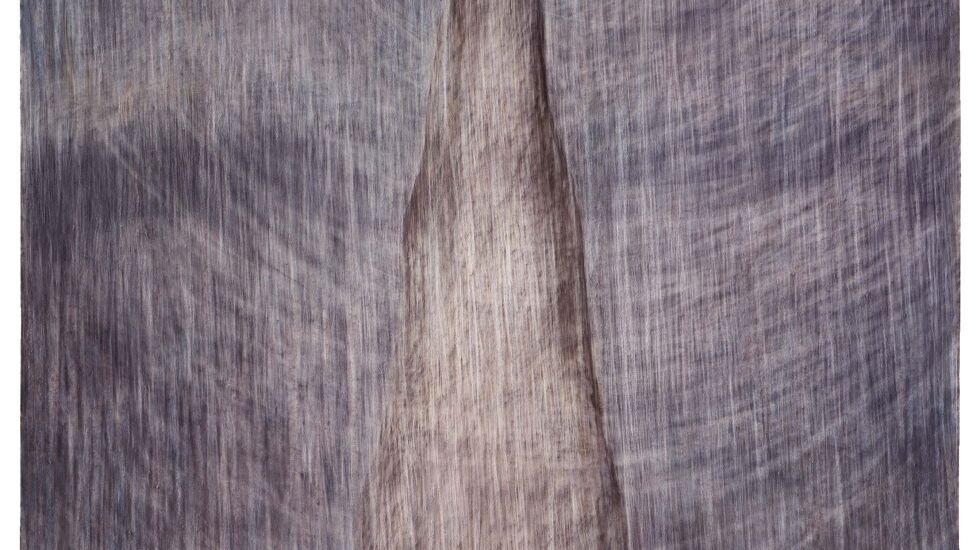
A vote by the United States Congress to grant Puerto Ricans citizenship in 1917 set off a wave of immigration to the mainland that gained force in the 1930s and exploded in the decades after World War II.
A chief destination was Chicago, and, for decades, it had the second-largest population of Puerto Ricans beyond the U.S. territory before being supplanted by Philadelphia around 2010. The numbers have since dropped but remain close to 100,000 people, with many clustered in the Humboldt Park neighborhood.
“There were opportunities for jobs in the Chicago area in the meatpacking industry and elsewhere that attracted Puerto Ricans [who] were looking to work and get a better way of life,” said Bibiana Suárez, a professor of art at DePaul University.
The Museum of Contemporary Art Chicago will explore the closely intertwined relationship between the Windy City and the Caribbean island in an exhibition titled “entre horizontes: Art and Activism Between Chicago and Puerto Rico,” running Aug. 19, 2023 through May 5, 2024.
“It’s a history that has been under-acknowledged or is not as known as well as the New York story, so this show is trying to re-center Chicago as the epicenter of Puerto Rican activism for self-determination and also a training ground for Puerto Rican artists,” said the exhibition’s curator, Carla Acevedo-Yates, who is a Puerto Rican native.
The presentation follows on the heels of a 2022-23 exhibition at New York’s Whitney Museum of American Art subtitled “Puerto Rican Art in the Wake of Hurricane Maria” and “Forecast Form: Art in the Caribbean Diaspora, 1990s-Today,” which ran almost currently at the MCA.
“It’s a very important historical moment for art from the Caribbean,” said Candida Alvarez, who retired earlier this year from the faculty of the School of the Art Institute of Chicago. Her work was featured in those two earlier shows, and her painting, “Licking a Red Rose” (2020) will be shown in “entre horizontes (Between Horizons).”

Several factors spurred the organization of this show starting with Acevedo-Yates’ interest in the Puerto Rican migration to Chicago as well as the historical precedent of a 1972 solo show at the MCA spotlighting Puerto Rican-born artist Rafael Ferrer, who is now 90. At the time, he was represented by Chicago’s Phyllis Kind Gallery, which gained national fame for representing the Chicago Imagists.
In addition, the show received a grant from the Chicago-based Terra Foundation for American Art as part of “Art Design Chicago 2024,” a series of exhibitions and programs that in part look at how immigration has shaped the cultural and societal fabric of Chicago.
“So, it’s a lot of different interests coming together that have to do with the DNA of this institution but also the social fabric of the city,” said Acevedo-Yates of the show’s genesis.
For Chicago’s Puerto Rican community, the show is a “great recognition” of the contributions it has made to the city, said Suárez, who traveled from Puerto Rico in 1980 to study at the School of the Art Institute of Chicago and has lived here since. She hopes this spotlight will in turn aid local organizations like the Puerto Rican Cultural Center, which marked its 50th anniversary last year.

“For me personally,” she said, “it is also exciting because it’s the first time that my work is exhibited at the MCA, which is an important mainstream institution with an audience outreach that goes beyond Chicago.”
Suárez is represented by “Juracán,” an unusually large pastel drawing, 7 feet tall and 6 feet wide, that is part of a series that dealt with a 1991 referendum in Puerto Rico on self-determination that failed to win approval by the island’s voters.
In all, “entre horizontes” features more than 40 paintings, installations and photographs by 18 artists with Puerto Rican and Chicago connections. Among them are two canvases by Arnoldo Roche Rabell, a neo-expressionist painter who earned a master’s degree at the School of the Art Institute of Chicago in 1984.
“Arnoldo Rabell is a very important artist who kept studios in both Puerto Rico and Chicago for many years,” said Acevedo-Yates. “He passed away several years ago but has been an important figure and very influential for several generations of Puerto Rican painters.”
Along with the artworks will be an historical overview of Puerto Ricans in Chicago, emphasizing the social activism of groups like the anti-colonial Young Lords Organization and the work of many community-based organizations.
“All these things are very unique to Chicago,” Acevedo-Yates said.

Labels and other text connected to “entre horizontes” will be presented in Spanish and English as part of the MCA’s continuing transition to what it calls a “fully bilingual institution.”
In October 2022, the museum announced a $1 million grant from the Mellon Foundation to fund a Latinx and Caribbean art initiative, including exhibitions, acquisitions and curatorial research, as well as the bilingual transformation.
“First of all, we need to reflect the demographics of our city,” said Acevedo-Yates, “and there is a large Spanish-speaking community here. The Latino population is the largest ethnic population in Chicago now, and we really wanted to reflect that linguistic diversity with the language that is second-most spoken in Chicago.”







